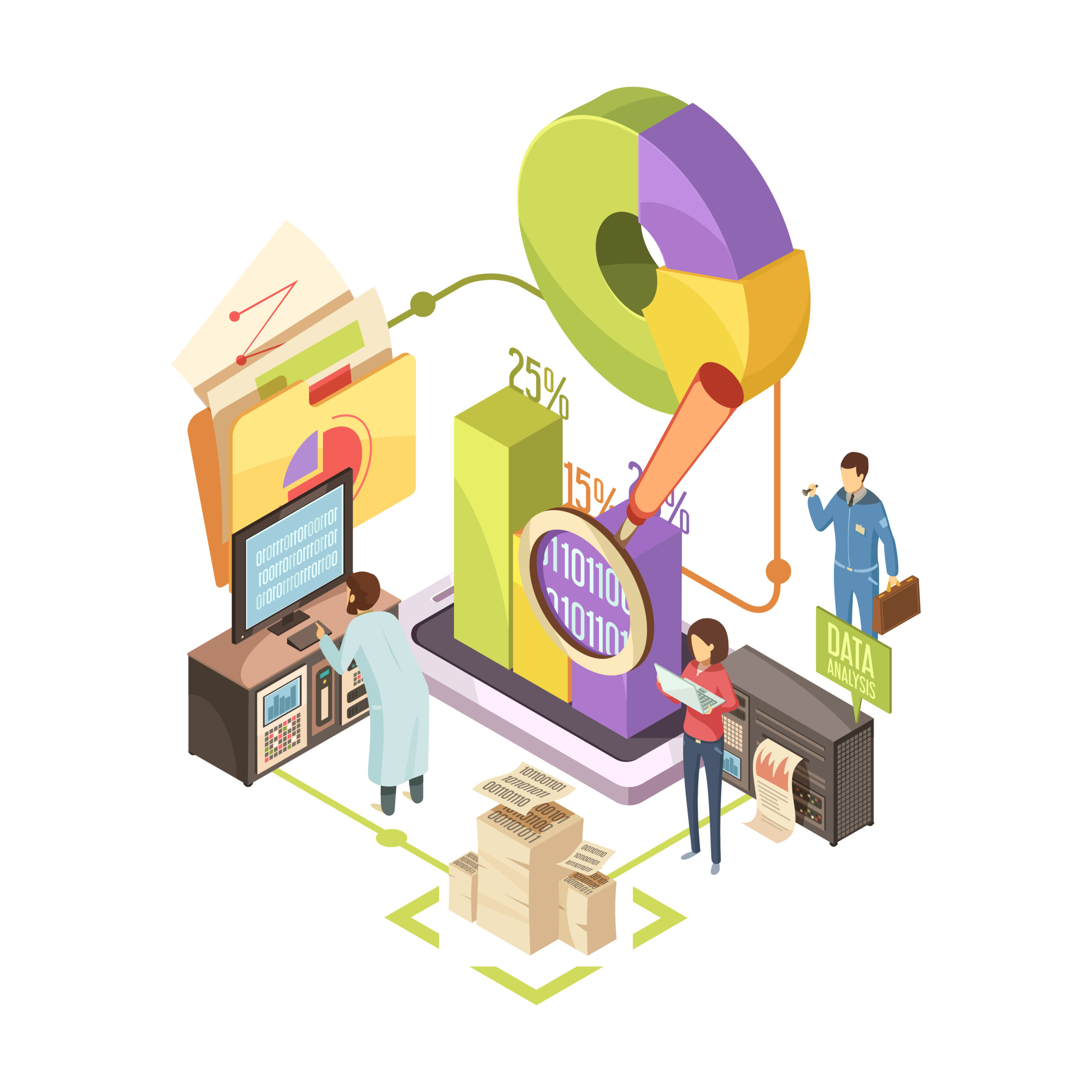Automation has become the cornerstone of modern industries, and one of the most groundbreaking technologies driving this transformation is Image Analytics. This powerful tool is not only reshaping manufacturing processes but also finding extensive applications in agriculture. In this blog, we’ll explore how Image Analytics is playing a crucial role in automation, with a special focus on how it helps detect threats to crops and benefits farmers.
Understanding Image Analytics in Automation
Before delving into its applications in agriculture, let’s grasp the essence of Image Analytics. It’s a technology that leverages advanced algorithms and artificial intelligence to extract valuable insights from images and videos. In the context of automation, Image Analytics is a game-changer.
Applications in Agriculture: Detecting Threats to Crops
In agriculture, early detection of threats to crops is a make-or-break factor for farmers. Pests, diseases, and unfavorable weather conditions can wreak havoc, leading to significant crop losses. Image Analytics comes to the rescue in the following ways:
- Pest and Disease Identification: Image Analytics can analyze images of crops to identify specific pests and diseases affecting plants. This rapid identification allows farmers to take targeted measures, reducing the need for widespread pesticide application.
- Nutrient Deficiency Recognition: By examining the visual characteristics of plant leaves, Image Analytics can detect nutrient deficiencies. This helps farmers optimize fertilization, promoting healthier crops and increased yields.
- Weather Monitoring: When combined with weather data, Image Analytics provides real-time information about weather conditions on the farm. Farmers can use this data to make informed decisions on irrigation, harvesting, and protective measures in the face of extreme weather events.
Empowering Farmers with Image Analytics
The applications of Image Analytics in agriculture go beyond threat detection; it empowers farmers to make more informed decisions and optimize their practices:
- Proactive Measures: Early detection of crop threats enables farmers to take timely and effective action. This can significantly reduce crop losses and minimize the costs associated with chemical treatments.
- Resource Optimization: Image Analytics helps identify areas that need immediate attention, allowing farmers to optimize the use of resources like water, fertilizers, and pesticides. This leads to cost savings and environmentally sustainable practices.
- Higher Crop Yields: Improved crop health and reduced losses result in higher yields. This is not only advantageous for farmers but also contributes to ensuring global food security.
In conclusion, Image Analytics is reshaping the automation landscape, including the agriculture sector, where it assists farmers in detecting threats to crops and making more informed decisions. By harnessing the power of image analysis and artificial intelligence, automation is driving a smarter and more sustainable future. As technology continues to advance, so do the opportunities for automation to improve our world.
